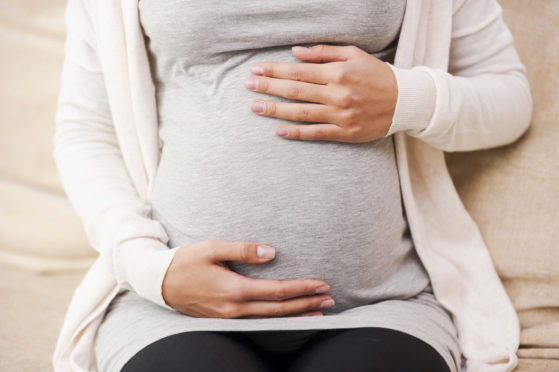Research to investigate the causes of recent fluctuations in fertility in the UK and forecast future trends, is to be spearheaded in Fife.
A team led by St Andrews University Professor Hill Kulu has been awarded a £708,000 Economic and Social Research Council (ESRC) grant to examine dramatic changes in fertility levels over the past two decades, which were not predicted by demographers or government statisticians.
Fertility significantly increased in the first decade of the 21st century but has declined in the years since.
These changes – when the number of births are taken into account – have had important implications when it comes to the provision of health services, childcare, and school places.
The project with the University of Southampton will examine the fluctuations and develop improved methodologies for fertility forecasting.
Professor Kulu, from the Population and Health Research Group of the School of Geography and Sustainable Development at St Andrews, said: “The support by ESRC provides the opportunity to significantly improve our understanding of the drivers of fertility change.
“Fluctuations in fertility levels have a significant effect on the population age composition; the post-war baby boom and the subsequent fertility decline are the main causes of population ageing we observed in the UK and elsewhere in industrialised countries.
“Similarly, recent fertility fluctuations have significant short- and long-term implications for planning and policy making, at both national and local levels.”
Professor Kulu said a decline in fertility levels by 10% would lead to about 40,000 fewer newborn babies in the UK each year, with the local effects even more stark.
He said: “In the context of rapid population ageing and fluctuating migration numbers, there is an urgent need to measure the contribution of births to the growth and, even more importantly, age composition of the British population.”






